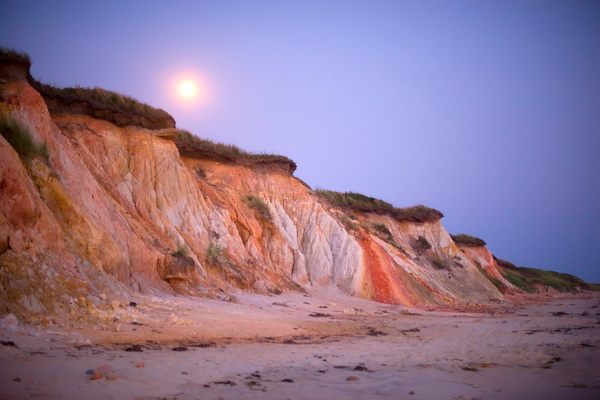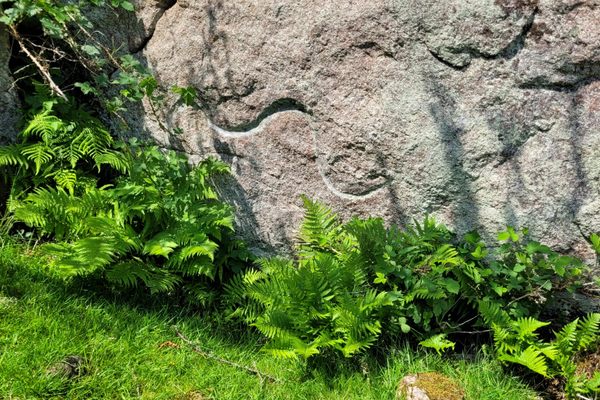Matsushima Bay
These tiny pine-covered islands have inspired art and poetry for centuries.
Off the east coast of Japan lies a scenic bay, the water scatted with small pine-covered outcrops. This is Matsushima Bay, where more than 100 rocky islands dot the small bay. These come together to build a land-and-waterscape so mesmerizing it has been ranked as one of the traditional “Three Views of Japan” (along with Amanohashidate near Kyoto and Itsukushima near Hiroshima). The name is a literal description of what you see, as Matsushima translates to “Pine Islands.”
One of the most famous of these islands is Oshima (or Ojima), where the famed haiku poet Matsuo Bashō traveled in the 17th century. Bashō found that he could not compose a poem that adequately captured his feelings towards Matsushima. In his Narrow Road to the Deep North, he describes his experience viewing the bay from the shores of Oshima as “the most beautiful scenery in Japan.” Bashō went on to describe the bay as such:
“There are an inexhaustible number of islands, some steeply rising, some lying, prostrating themselves on the waves. There are some that hug others in their arms, as if loving their children. The green of the pines come in delicate shades, and their branches are blown by the salty winds as if they had created their crookedness by themselves.”
The island of Oshima is accessible by bridge from the shore. It was originally used as a place for ascetic training by the priests of nearby Zuiganji Temple, and made a natural rest stop for the famous haiku poet. In honor of his visit, there is a stone monument to him on the island. There are also several small stone Buddhas and a shrine to Shinjyu-Inari.
Matsushima Bay’s islands are theorized to have formed in the early Holocene. A significant sea level rise occurred during this time, which may have caused the islands to appear as a submerged coast. It is also theorized that a strong earthquake may have triggered a massive coastal landslide, in which a large segment of land slid into the sea. When the rocky hills were left exposed it created the unique geology we see today. Tours are available from sightseeing cruise boats, which depart the pier frequently and usually last between 30 and 60 minutes.
Know Before You Go
The easiest way to get here is by train. From Sendai, take the JR Tohoku Line for Kogota. The ride will only be about 24 minutes. Tickets for boat tours are available from the pier, and can usually be purchased within an hour of departure. Ojima Island is located south of the pier within walking distance and is accessible by bridge.






















Follow us on Twitter to get the latest on the world's hidden wonders.
Like us on Facebook to get the latest on the world's hidden wonders.
Follow us on Twitter Like us on Facebook